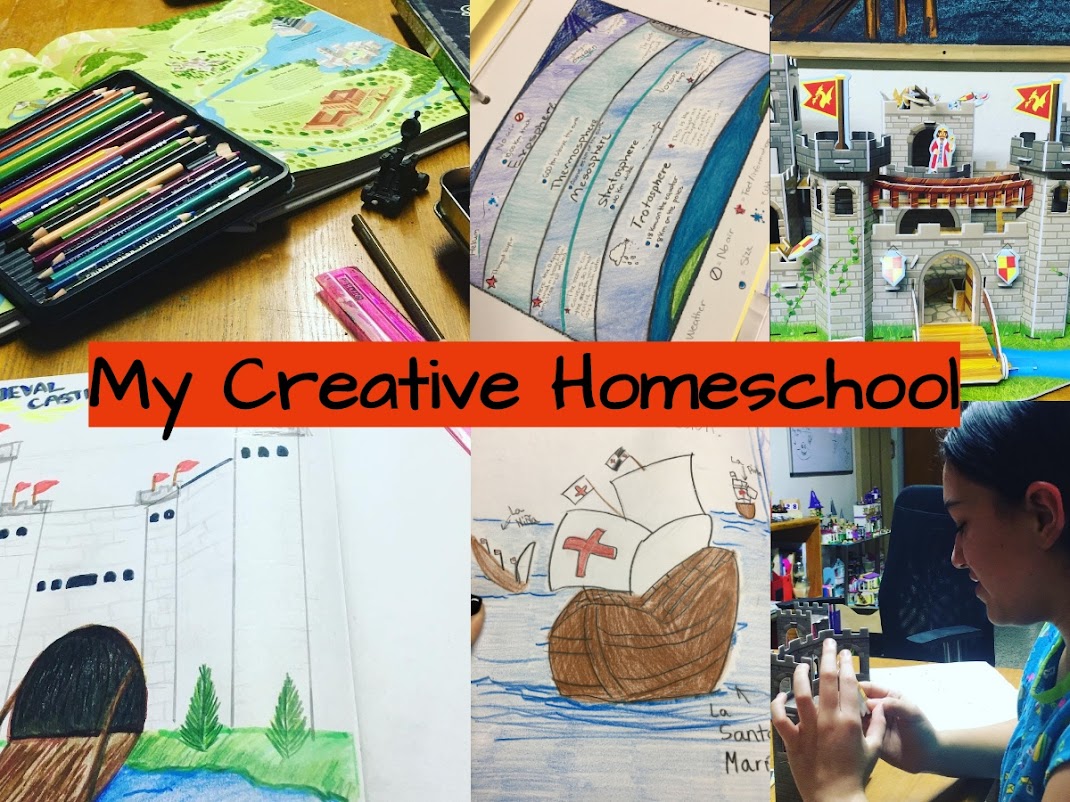Hace un tiempo vi aqui este trabajo, y en realidad me enamore de el, y sabia que mi princesa tambien lo haria pues le fascina trabajar con todo lo que es “rompecabezas”!! , con todo el material de cuentas en colores, y la torre rosada, sabe e identifica que se relacionan entre si… asi que me di a la tarea de presentarselo…. EN FORMA SENSORIAL!!
Edad es de 31/2 en adelante..
Materiales Los cuadrados de Phytagora, que vienen en una caja de madera, estos son 10 [sets de madera, en códigos de color, son 10 cuadrados y 90 rectángulos, y alfombra grande
Presentacion (simplificando)
- Se invita al niño a buscar el material (y todo el protocolo, alfombra… y todo lo demás)
- En silencio, coloco el cuadrado rojo en la parte superior izq….. y le digo… ves las piezas verdes? Las podrías sacar? y coloco PRIMERO el cuadrado en la parte inferior derecha del cuadrado rojo (cuadrarlo, puntita con puntita)! y luego acomodo los rectángulos…
- Podrías sacar la piezas rosas?….Ves el cuadrado, lo podrías acomodar? y invito a armarlo….Invito al niño a que continue armando el trabajo.
- Verificar que SIEMPRE COMIENCE CON EL CUADRADO y luego continue con los rectángulos….hasta armar los dorados.
- Luego recojer el material COMENZANDO POR EL DORADO…(que fue lo último que armó) hasta llega al rojo.
- Retornar el trabajo a la tablilla correspondiente.
Vocabulario .. Cuadrado, rectángulo, más grande, más pequeño, de ser necesario.
Objetivo Directo al armar el cuadrado de Phytagoras.. Discriminación de tamaño, formas y colores
Objetivo indirecto.. Ayudar a desarrollar una mente lógica matemática, Coordinación ojo-mano, Construir una actividad intelectual, Refinar sentidos, y desarrollar actividades cognitivas como pensar, juzgar, asociar y comparar, Desarrollar poderes de observación como lo son atención y concentración. Preparación para multiplicación y preparación para algebra.
I found on line this English presentation…sorry, don{t have the link!!
Age: 3 ½ and up
Materials:
- Pythagoras’ square, a box, which contains 10, sets of wooden, colour codes squares (10) and rectangles (90)
and a square frame with a molded edge, a mat. The colours of the rectangles and squares are corresponding to
the coloured bead stair.
- A working mat.
Presentation:
1. Invite the child to the shelf.
2. Show the child where the box and the frame are kept in the environment.
3. Invite the child to carry the mat to an area on the floor and unroll the mat then put down the square frame +
the box.
4. Invite the child to open the box and remove the small red square. Then point to the top left hand corner of the
frame and invite the child to display it right in the corner.
5. Next invite the child to remove the green square and rectangles and to lay them on the frame. Then ask: “Do
you see the square ? Could you put it here pointing to the lower right hand corner of the red square?
6. Then the child is invited to place the two small green rectangles on either side of the green square.
7. The teacher continues: “May you take out all the pink squares and rectangles?” making sure that only one
coloured set is taken out of the box one at a time.
8. The teacher continues in the same manner: “Do you see the square ? Could you place it here” pointing to the
spot where the child should place the pink square, which is at the bottom lower corner of the green square?
9. The child is then invited to place the two largest pink rectangles against the pink square, then the second
largest rectangles against the previous ones, and so forth.
10. Invite the child to continue to build the Pythagoras’ square in the same way with all the other coloured sets,
till the end.
11. Make sure the child always starts with the square, then the largest rectangles against the square, then the next
largest rectangles, and so forth, in decreasing order.
12. When completed, admire his/her work then invite the child how to return the pieces to the box. First, invite to
place the square into the compartment first, and then overlie it with the largest rectangle + the smallest
rectangle to form a square for each layer beginning by the golden set and finishing by the red set.
13. Have the child return the box and the frame back on the appropriate place on shelf.
Language: square, rectangle, largest, smallest, if needed
Direct Aim: To build a Pythagoras’ square: discrimination of size, shape and colours
Indirect Aim:
Helping developing a logical mathematical mind
Eye-hand coordination
Build intellectual activity
Refine the senses and develop cognitive skills such as thinking, judging, associating and
comparing
Develop powers of observation such as attention and concentration
Preparation for multiplication
Preparation for algebra (1+2+3+4+5+6+7+8+9+10)² = (a+b+c+d+e+f+g+h+i+j)²
Trabajo finalizado!!!! – Finished work!!!!
Gracias x visitarnos, por sus comentarios y Feliz Enseñanza Montessori!! - Thanks for visit us, for your sweets comments and Happy Montessori Teaching!!!!





5 comentarios:
Muy interesante!!
Gracias por compartirlo!
Que belleza!!!! Gracias por compartirlo.
Karen, qué es esto????!!!!!!!!!! se ve tan lindo, y no tengo idea de para qué sirve!!! ya me pongo a investigar!!!! Abrazos para vos y tus princesas!!!!!!
he querido hacer la talba de Pitagoras con el material semi-simbolico pero no tengo suficientes regletas ,lo voy a hacer asi porque cuantas cosas pueden comprobar asi,gracias por el tip y la manera de presentarlo saludos !
Gracias Chicas!!!!
Publicar un comentario